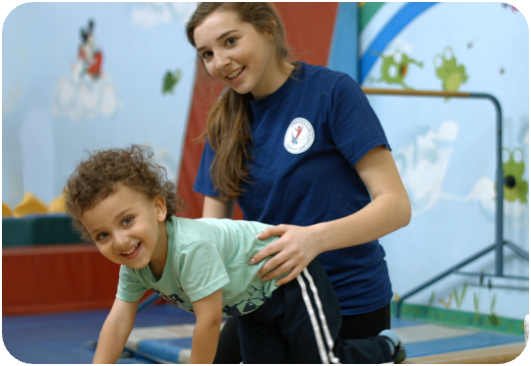At Lana’s Gymnastics Club, we believe that good nutrition is just as important as physical activity for a child’s overall development. While gymnastics helps children build strength and confidence, proper nutrition fuels their bodies for success. However, one of the most common concerns parents’ shares is the challenge of getting their children to choose healthy foods over sweets.
If you’ve ever found yourself struggling to get your child to eat nutritious meals, you’re not alone. Many children naturally gravitate towards sugary treats and getting them to enjoy balanced meals can feel like an uphill battle. But don’t worry, there are steps you can take to help your child develop healthier eating habits. Below, we’ll outline some common mistakes parents make when trying to teach their kids about food and how to correct them for long-term success.
Mistake 1: Offering Sugary Breakfasts
Children often crave what they’re used to, so starting the day with sugary cereals, pancakes loaded with syrup, or pastries sets the tone for them to seek out more sweets throughout the day. This leads to a cycle where they reject healthier foods because their tasting buds have become accustomed to sugar.
How to fix it: Start your child’s day with a balanced, nutrient-rich breakfast. Try options like oatmeal with fresh fruit, scrambled eggs with whole-grain toast, or yogurt with nuts and seeds. These meals will keep them full and energized without the sugar spikes that cause cravings and mood swings. When you prioritize a nutritious breakfast, you help your child develop a taste for healthier options.
Mistake 2: Forcing Them to Eat When They’re Not Hungry
One of the biggest mistakes parents make is pressuring their child to eat when the child isn’t hungry. This can create negative associations with mealtimes and food in general. A child who isn’t hungry will naturally resist eating and forcing them to do so can lead to long-term issues with their relationship with food.
How to fix it: Instead of forcing your child to eat, focus on creating a positive mealtime environment. Offer healthy options regularly, but don’t pressure them to finish their plate if they’re not hungry. It’s essential to respect their appetite cues and trust that they’ll eat when their body needs fuel.
Mistake 3: Chaotic Eating Habits
Children thrive on routine, and that extends to their eating schedule. When kids are allowed to snack at random times or go too long without eating, it can lead to unhealthy eating patterns. Frequent snacking, especially on sugary treats, diminishes their appetite for proper meals. On the other hand, going too long between meals can cause irritability and overeating later in the day.
How to fix it: Establish a consistent meal and snack schedule to reduce chaos. Plan meals and snacks around your child’s natural hunger cues and stick to set times as much as possible. This structure not only helps regulate your child’s appetite but also promotes better digestion and mood stability. Limiting sugary snacks and offering a variety of nutritious options will also encourage them to make healthier choices over time.
Building a Positive Relationship with Food
Helping your child develop a healthy relationship with food takes time, patience, and consistency. Small changes like reducing sugar, offering balanced meals, and respecting their hunger cues will gradually create a healthier, happier eater. It’s not about perfection, but progress. As they grow, they’ll appreciate the foundation of good nutrition that you’ve provided—and it will show in their energy, mood, and performance in all aspects of life, including gymnastics.
At Lana’s Gymnastics Club, we encourage parents to take a holistic approach to their child’s development. Pairing physical fitness with healthy eating habits will give your child the best chance to succeed both in the gym and beyond. Keep in mind that these changes don’t happen overnight, but with patience and a proactive approach, you can help your child find joy in both healthy foods and physical activity.
Ready to fuel your gymnast’s success? Stay tuned to our blog for more nutrition and fitness tips for your child’s overall well-being!




